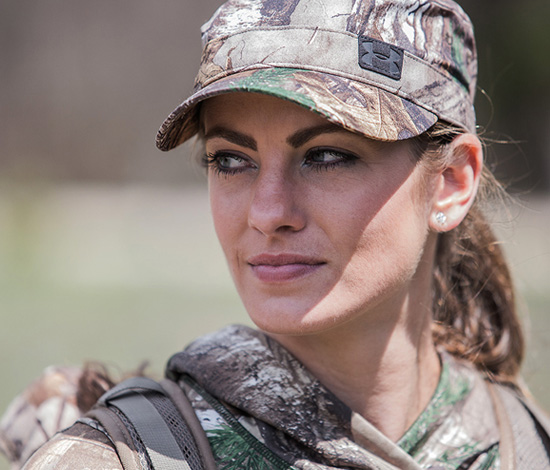How to Start a Survival Fire
Enjoying a campfire during calm, summer nights is among the most relaxing ways to kick back and enjoy life with family and friends. Starting a fire in the comfort of your backyard prepared is easy – grab some firewood, a lighter and a starter log and you are good to go.
But, what happens if you find yourself in a survival situation while hunting in the backcountry? Do you carry the appropriate fire starting materials with you and would you know where to begin? The foundation of starting a fire is in proper planning. There is nothing more frustrating than getting a flame started just to have it go out due to a lack of preparation.
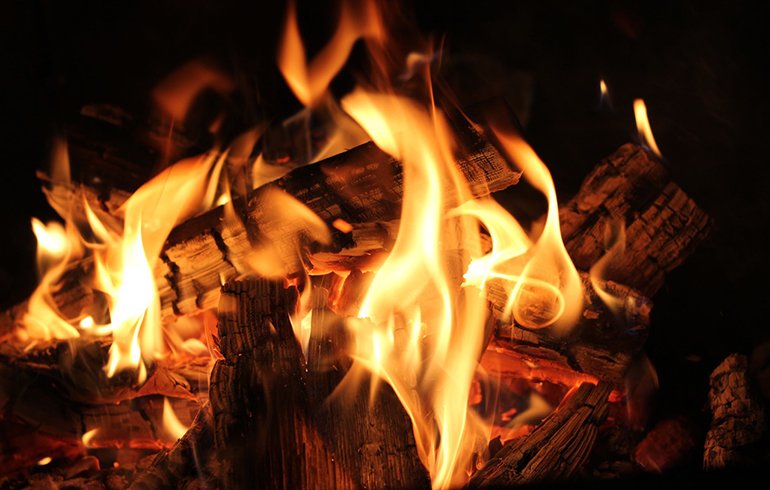
Proper planning and packing are critical. When venturing deep into backcountry for a hunt or hike, it is important to know what proper sources are available to use in a survival situation.
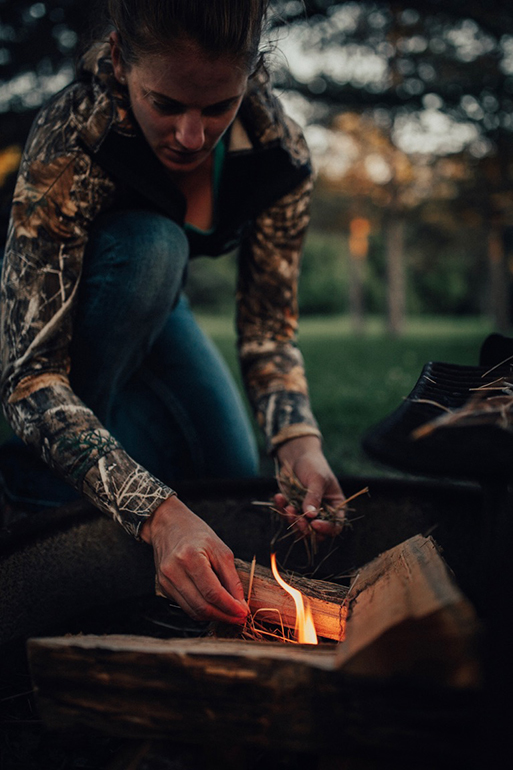
Let’s break down building a fire into a three stage process: Tinder (no, not the dating app!), kindling, and wood.
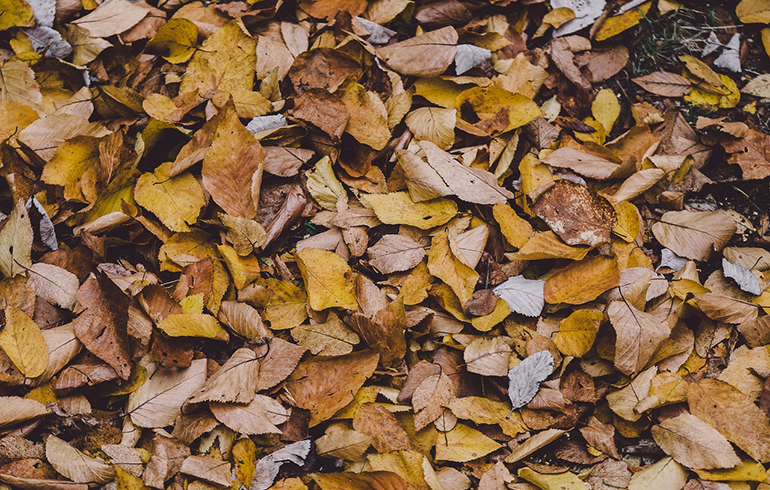
Tinder: Tinder is the first “food” used to fuel the fire. In other words, tinder consists of materials that are easily ignited by a spark or flame. Tinder materials must be dry and have a lot of surface area for its mass i.e. a lot of exposed surfaces for flame to ignite. Luckily, there are many different materials found in the wild that can be used as tinder. Examples of tinder include: cattail fluff, birch tree bark, dried grass, dead leaves, shaved bark, old pine needles, cotton from poplar/cottonwood trees, fat wood, the fluffy head of a dandelion and so on.
In my pack, I like to keep fire-starter kit in a small waterproof case. My fire kit includes a flint rod, striker, and Vaseline covered cotton balls. The Vaseline covered cotton balls light easily and the petroleum gel allows the cotton ball to burn longer, allowing you time to add tinder to really get the flame going.
Once you have gathered all of your tinder, you should make a “fire starter” bundle or bird nest shaped bundle with the different types of tinder that you have accumulated. The average size of the bundle should be around 6 inches wide by about 3 inches thick with the more flammable materials in the center of the bundle or bird nest.
Kindling: We use kindling to keep the fire going after a flame is generated and takes to the tinder. Kindling is just as important as tinder – if you do not have enough kindling prepped to help grow the flame, your fire will go out and force you to start again from scratch. Start out by using smaller pieces of dried leaves, bark, and twigs to grow the flame and as the flame gets stronger increase the size of the tinder until you can eventually add larger pieces of wood!
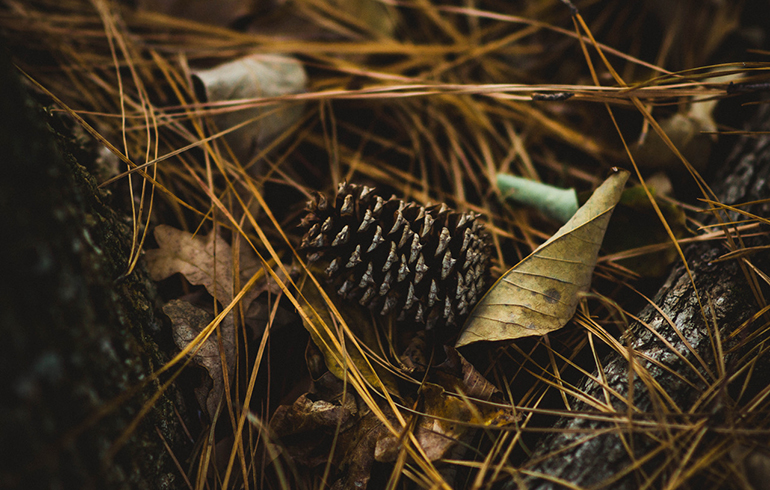
Wood: Fuel that will keep the fire burning! Any dried wood will burn, but keep in mind that some timber will burn more readily than others. Timber will vary based on your geographic location but to simplify it, pines and aspens are a safe bet if you can find some timber from these trees!
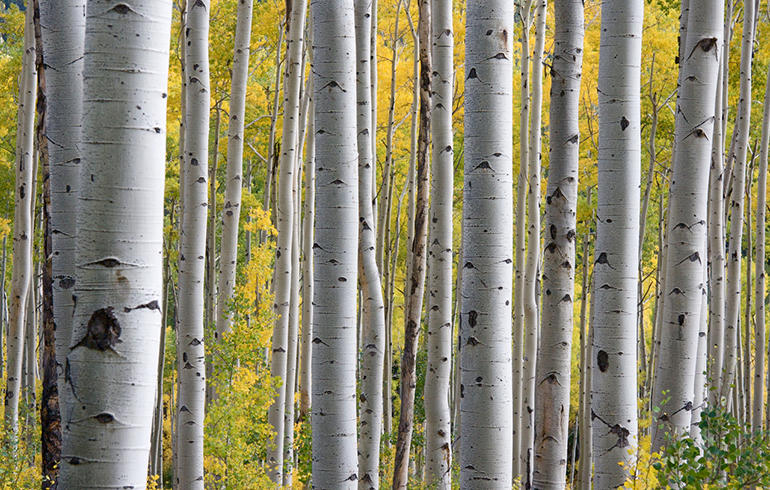
As with everything, practice is key! Perhaps avoid relying on the lighter and starter log when you go get your summer s’more fix and start one the “old fashioned” way!
